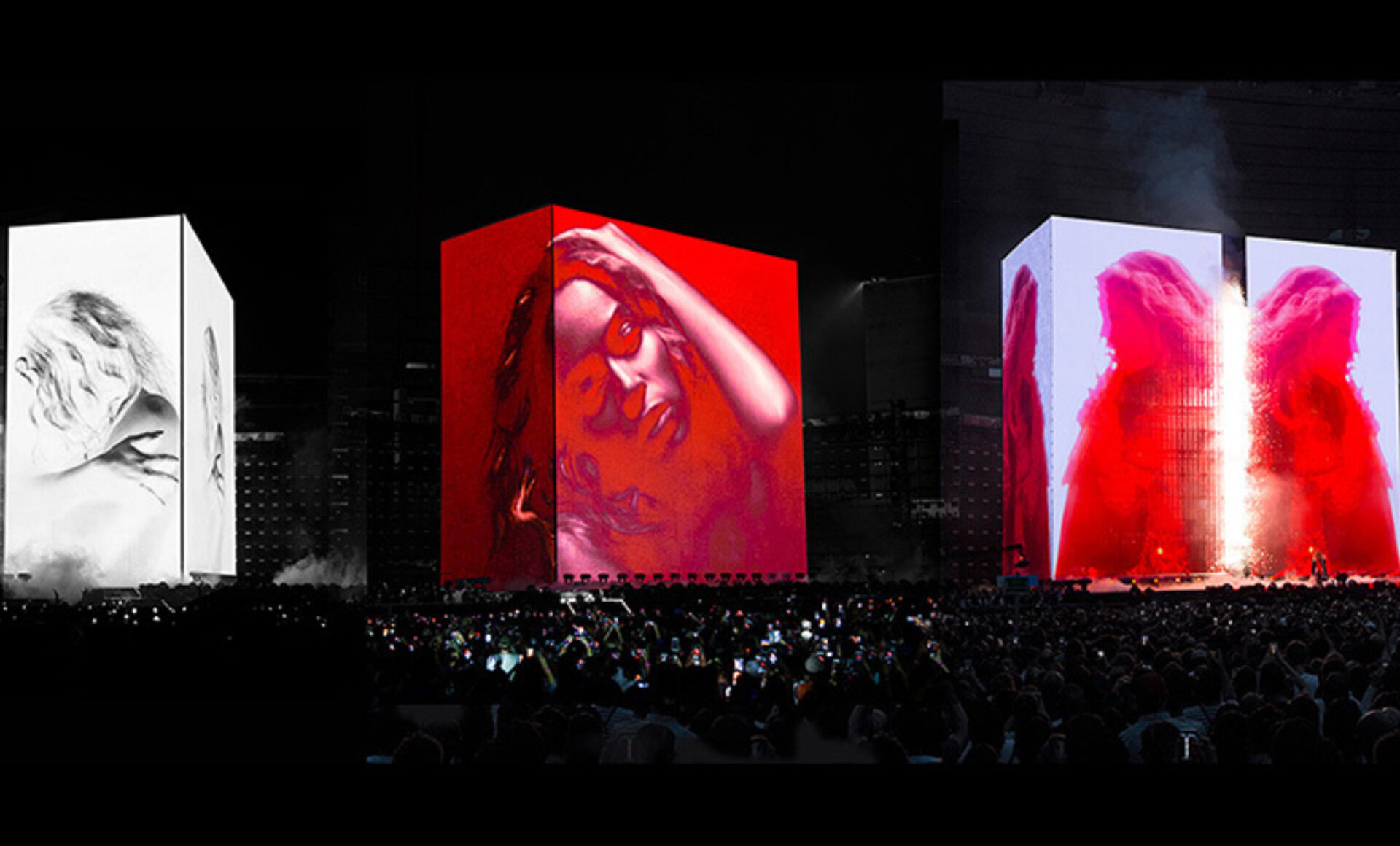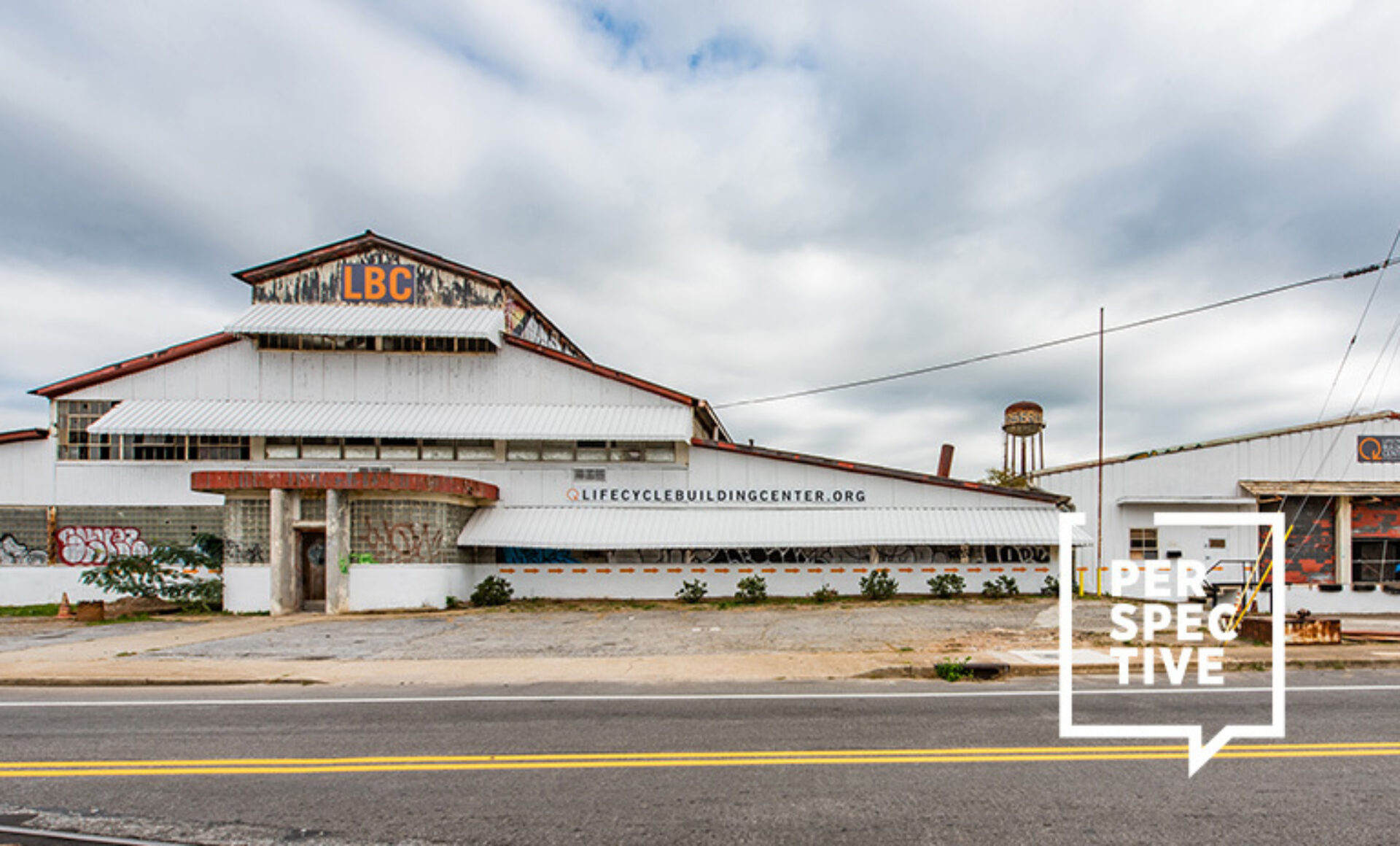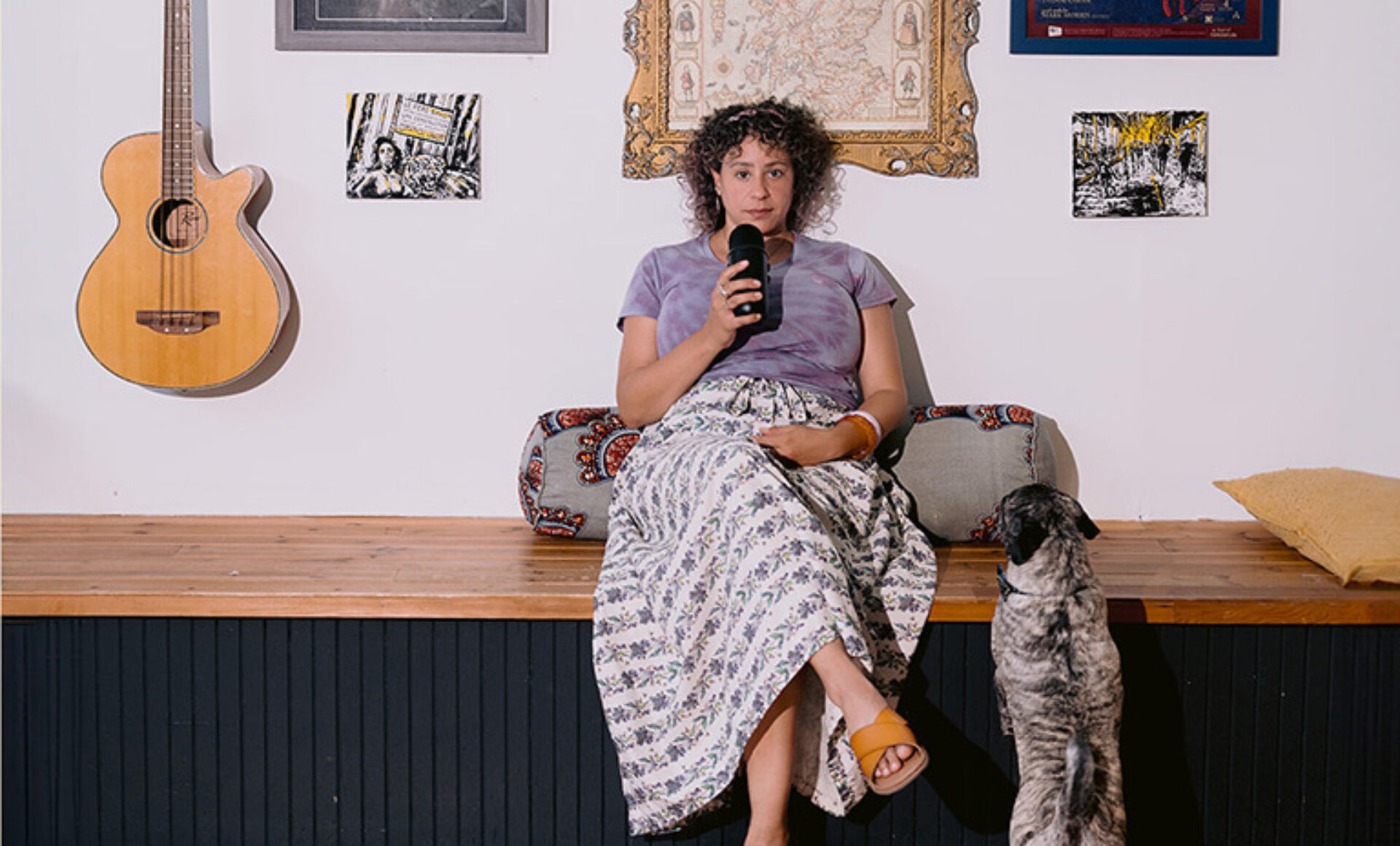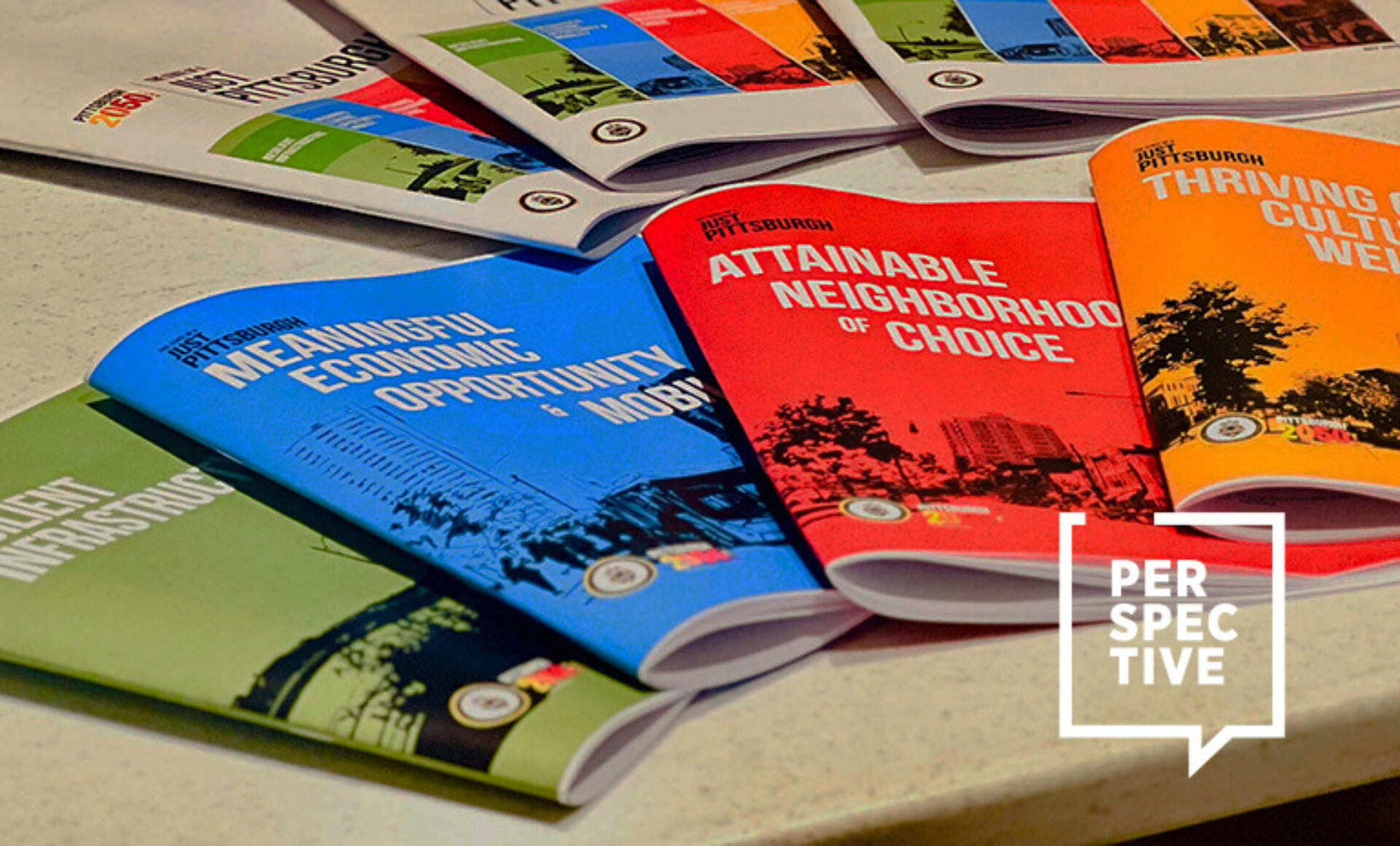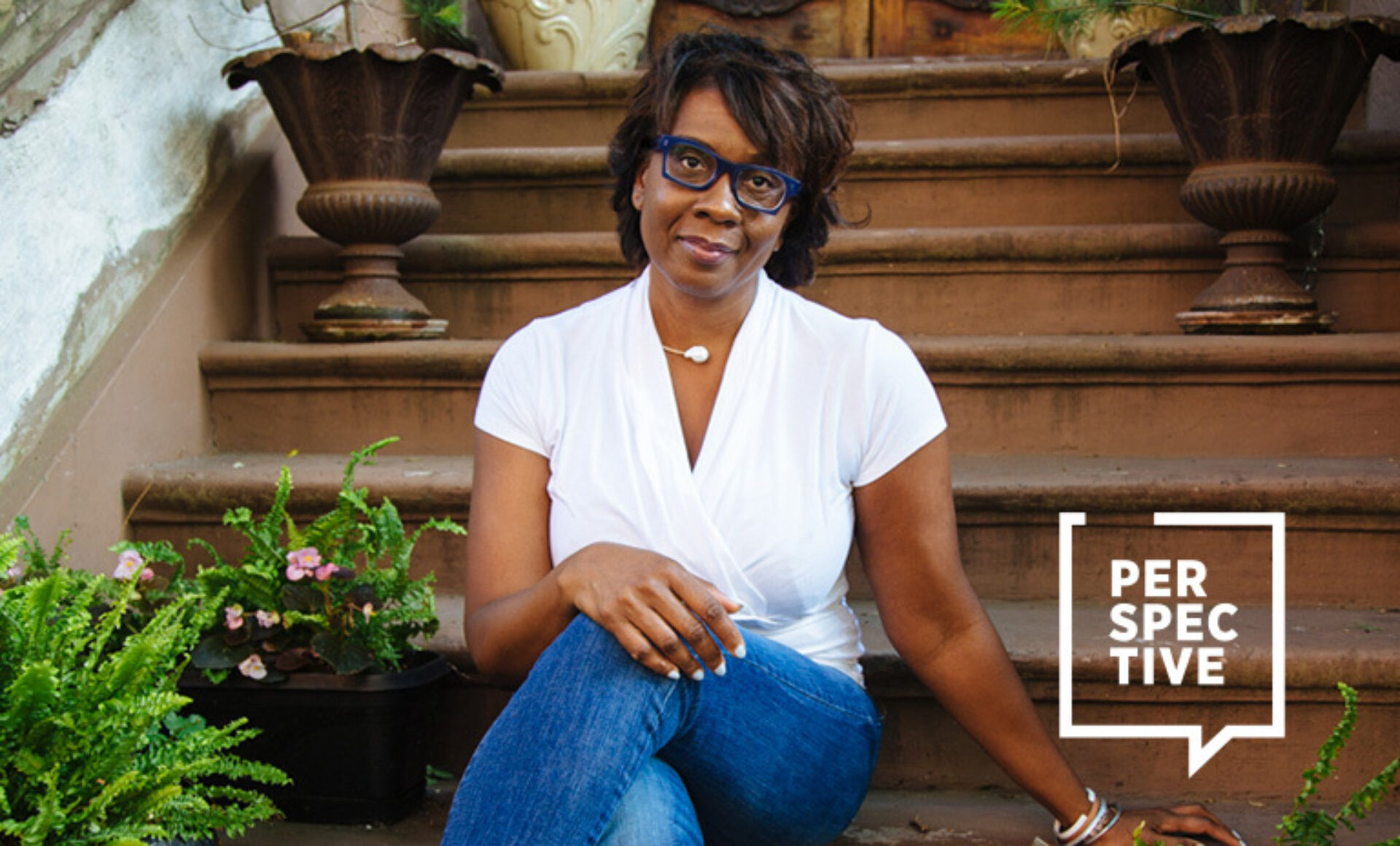With nearly 40 years of design experience, Ana Pinto-Alexander, FIIDA, principal and director of global health practice and a partner and executive vice president at HKS, has helped shape and lead healthcare design into the future. In 2015, she was named one of the 25 most influential people in the field by Healthcare Design magazine. She designs with a focus on how the built environment affects individuals and communities. The spaces where we live, work, and play reflect who we are and deeply influence our well-being, Pinto-Alexander believes; when it comes to healthcare design specifically, holistic healing environments can improve patient, family, and staff experiences. Pinto-Alexander also has a passion for moving equity, diversity, and inclusion (EDI) forward in the design industry; she frequently advocates for women and women of color and lends her time and talents to mentoring the next generation of designers.
She serves on the IIDA Board of Directors, is a member of the Texas/Oklahoma Chapter and was named the 2023 Leadership Award of Excellence Honoree at that year’s IIDA Leaders Breakfast in Dallas. Follow along as Pinto-Alexander takes us through a day in her life.
What motivated you to become a designer?
Ana Pinto-Alexander: I have always had a creative side; I love arts and crafts and used to paint with watercolors and oils. I went to Purdue University, which was predominantly an engineering university in the ’80s. When I took my first class of introduction to interior design, I learned about the origins of design, going back to ancient Egypt. It served as a foundation for understanding how architecture, interior design, and furniture evolved through time. I understood that design influences every aspect of human endeavor. Design is a unique combination of art, science, technology, and human intuition. All designs—whether car design, jewelry, textile, or furniture—come from an inspiration in nature, and they all have a lovely history.

Image courtesy of Ana-Pinto Alexander

Photo by Artistry & Light

Image courtesy of Ana-Pinto Alexander
How is advanced technology being used to enhance healthcare design?
AP: We use virtual reality and augmented reality to guide us during the design process. These tools help us visualize spaces in an immersive environment and understand design options and details. We also use this technology to help the client visualize the design intent and integrate digital interactions with physical mockups to ensure that medical equipment, furniture, and functionality will work in harmony.
IIDA believes in lifelong learning. What lesson is most important for designers to learn?
AP: I believe all designers need to learn that design excellence is the intersection between beauty and performance. On one side there is beauty, which is art—it’s intangible, it’s qualitative, and it’s immeasurable. On the other side is performance, which is science—it is tangible, quantitative, and measurable. Designers also need to develop business acumen to ascribe value to what interior design brings to the table. Designers should feel empowered to design with a purpose and find their significance through their work.

Photo by Lenz Noirre Design Group

Image courtesy of Ana-Pinto Alexander

Photo by Lenz Noirre Design Group
What have you learned recently?
AP: I was recently exposed to the importance of developing your foresight. At a design event, Mark Bryan from the Future Today Institute said, “Strategic foresight is a disciplined and systematic approach to identify where to play, how to win in the future, and how to ensure organizational resiliency in the face of unforeseen disruption.” I found this fascinating and can’t wait to learn more about it. Today more than ever we need to have foresight.
Where do you look for inspiration?
AP: For design inspiration, I look at publications such as Officeinsight, Interior Design, Metropolis, and Hospitality Design. I also get inspired by traveling and being exposed to other cultures—their folklore, textiles, and arts, crafts, colors, and patterns. Most of my color palettes are inspired by nature, especially sunsets. There is a quality of light that makes certain colors vibrate differently.
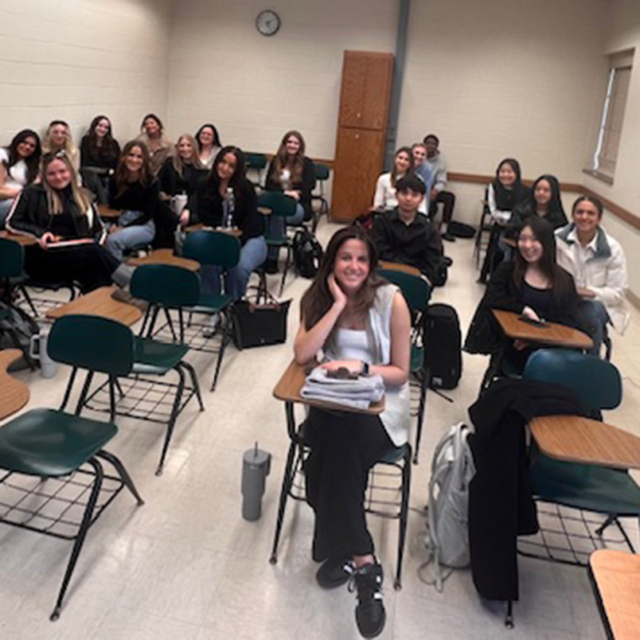
Image courtesy of Ana-Pinto Alexander

Image courtesy of Ana-Pinto Alexander
What advice would you give the next generation of designers?
AP: Do not compromise when it comes to making sustainable design solutions. It is not an option anymore. We must reduce and eliminate the massive amount of waste that the construction industry adds to the landfills. Know that what you bring to the table is important and must be valued. Be your own advocate and advocate for others.
Visit the table of contents for more Perspective: Next Wave


